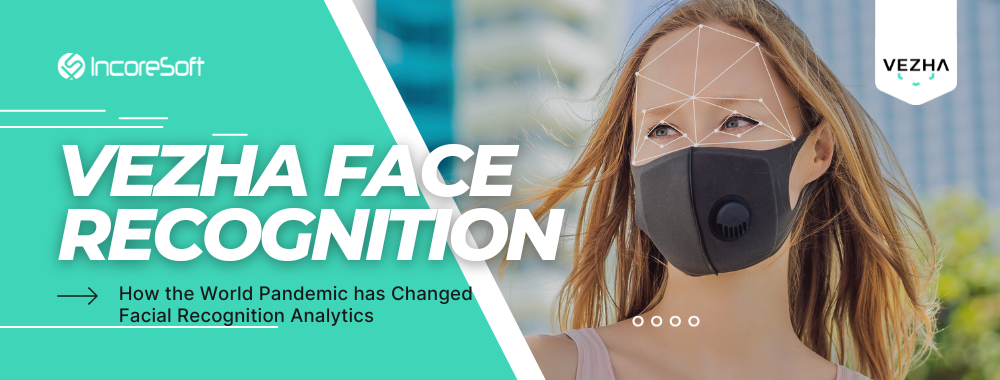For millions of people worldwide, the Covid-19 pandemic has changed the perception of the world around them. The virus became a threat that could neither be seen nor controlled. Hope was given by medical masks, which became mandatory in most countries.
It seemed that the use of protective masks should have negated the effectiveness of facial recognition technology. And at the beginning of the pandemic, some experts predicted that Face Recognition would fade into oblivion. But life turned out to be more complicated and interesting than any prophecy. In the end, the pandemic not only increased the demand for face recognition technology, but also gave a powerful push to its development. Today, experts say that due to Covid-19, Face Recognition has become much smarter and more efficient.
When COVID-19 began to spread around the world in 2019, and governments required their populations to adhere to strict quarantine rules, many thought that facial recognition technology would not cope with this challenge. Citizens had to wear masks everywhere, and businesses had to control social distancing and the presence of masks on the faces of visitors in retail, office, and infrastructure premises, limit the number of people and measure their body temperature.
This required new methods of observation and analysis — above all, the need to train the face recognition system to identify people wearing masks.
As you know, Face Recognition algorithms are based on three pillars:
- Face detection in the frame.
- Attribution– creating a biometric template (face capture) — detecting nodal points and measuring distances and angles between them.
- Face identification in the database.
But the protective mask covered the nodal points, which prevented video analytics from receiving the necessary amount of information. Because of this, at the beginning of the pandemic, almost all face recognition systems began to lose a percentage of their accuracy. The algorithms did not cope well with the task when the mask was worn correctly, that is, covering both the mouth and the nose. Things were even worse when a hood or hat was on a person’s head — in this case, the recognition accuracy sometimes fell by half at once.
Developers, realizing the new market demand, began to immediately improve video analytics systems. They created more powerful processors, integrated video analytics systems with big data, increased computing power and improved the self-learning function of neural networks. And most importantly, they taught artificial intelligence to work with poor quality images and attribute an object using less data.
The IT experts at IncoreSoft worked on this and found ways to make their VEZHA Face Recognition as accurate as possible.
Today VEZHA Face Recognition analytics it is a face detection and identification system:
- With identification accuracy — up to 98%.
- High speed of attribution — only 0.1% of the search for a person in the database of 1 million people.
- With the ability to determine gender, age, race, and emotions of a person.
And all this — even with face rotation, and provided the person wears glasses, beard, protective mask and headgear.
You can verify this by watching the video. It demonstrates how our VEZHA Face Recognition system works, and under what conditions and with what accuracy it detects and identifies people.
